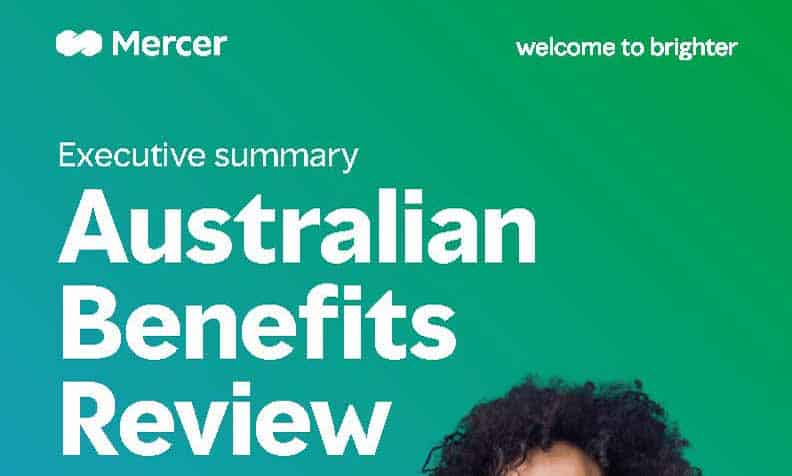Segway has made a push into the Australian quad bike market, helping to fill the gap left by some vehicle manufacturers who would not accept safety improvements to their quad bikes. Prominent Australian agricultural newspaper, The Weekly Times, reviewed the latest Segway quad bike models. Rider safety was not mentioned specifically in the review, but it was visibly present in the accompanying image and reinforced by Segway’s video media relelase.
Category: communication
Can we laugh at workplace health and safety?
Occupational health and safety (OHS) has never had a profile as high as that of the environmental protection movement. OHS has never had a single, focused advocate like Greenpeace to make it visible. OHS activists do not hang banners off Tower Bridge or throw eggs at politicians (yet). One of the characteristics shared by OHS and environmentalists is the lack of comedy. An existential crisis like climate change is hard to laugh about, just as workers are dying, but some would argue that such black comedy could be productive and promotional. A recent show on the BBC World Service, The Climate Question, looked at environmental humour, but there are OHS parallels.
Continue reading “Can we laugh at workplace health and safety?”Leadership and Culture confusion is self-inflicted
Every occupational health and safety (OHS) conference over the last twenty years seems to have revolved around the twin concepts of culture and leadership. The fascination with these concepts deserves analysis as they are confusing, and sometimes conflicting, and this is unhelpful for those in the lower or middle order of the management structures who are trying to affect change.
Initial reflections on the 23rd World OSH Congress
The 23rd World Congress on Safety and Health at Work has been a remarkable achievement, with 3000 delegates, at least two-thirds of whom are from outside of Australia. The most valuable elements of this Congress have been the opportunities to network, talk to people you’ve never met, and get new perspectives. What has been a little peculiar was the presentations or, rather, the format of the sessions.
I found love and protection at the World Congress
Practicing my own advice of talking with people you don’t know at conferences, last night at post-conference drinks, I was told about love and protection.
Exclusive content from 23rd World Congress on Safety and Health at Work
Next week, the 23rd World Congress on Safety and Health at Work will occur in Sydney, Australia, with hundreds, maybe even thousands, of delegates from Australia and abroad. I will be reporting on the Congress from before it starts on Monday to its conclusion on Thursday with articles each day, at least a wrap-up of each day and exclusive interviews with global occupational health and safety (OHS) speakers and delegates.
Now is a great time to subscribe to the SafetyAtWorkBlog, starting at only A$24 for a monthly option. Links to all new articles will be emailed to you as they are posted, and you also have access to over 3,000 OHS-related articles, including exclusive content from the 21st World Congress in Singapore from 2017.
And if you are attending the Congress, stop me to say hi, take a selfie, or tell me about your lived experience with OHS.
How to determine the usefulness of what you read
Many employers are continuing to pimp up their well-being programs and employer benefits with the intention of managing mental health pressures. This is often based on advice from multinational business advisory and consulting firms in the form of trend surveys and reports about business attitudes, fears and concerns. A recent report from Mercer was the basis for an article in the Australian Financial Review (AFR, paywalled) written by Euan Black. It is instructive to subject the article and the Mercer report to a little scrutiny to determine their usefulness.







